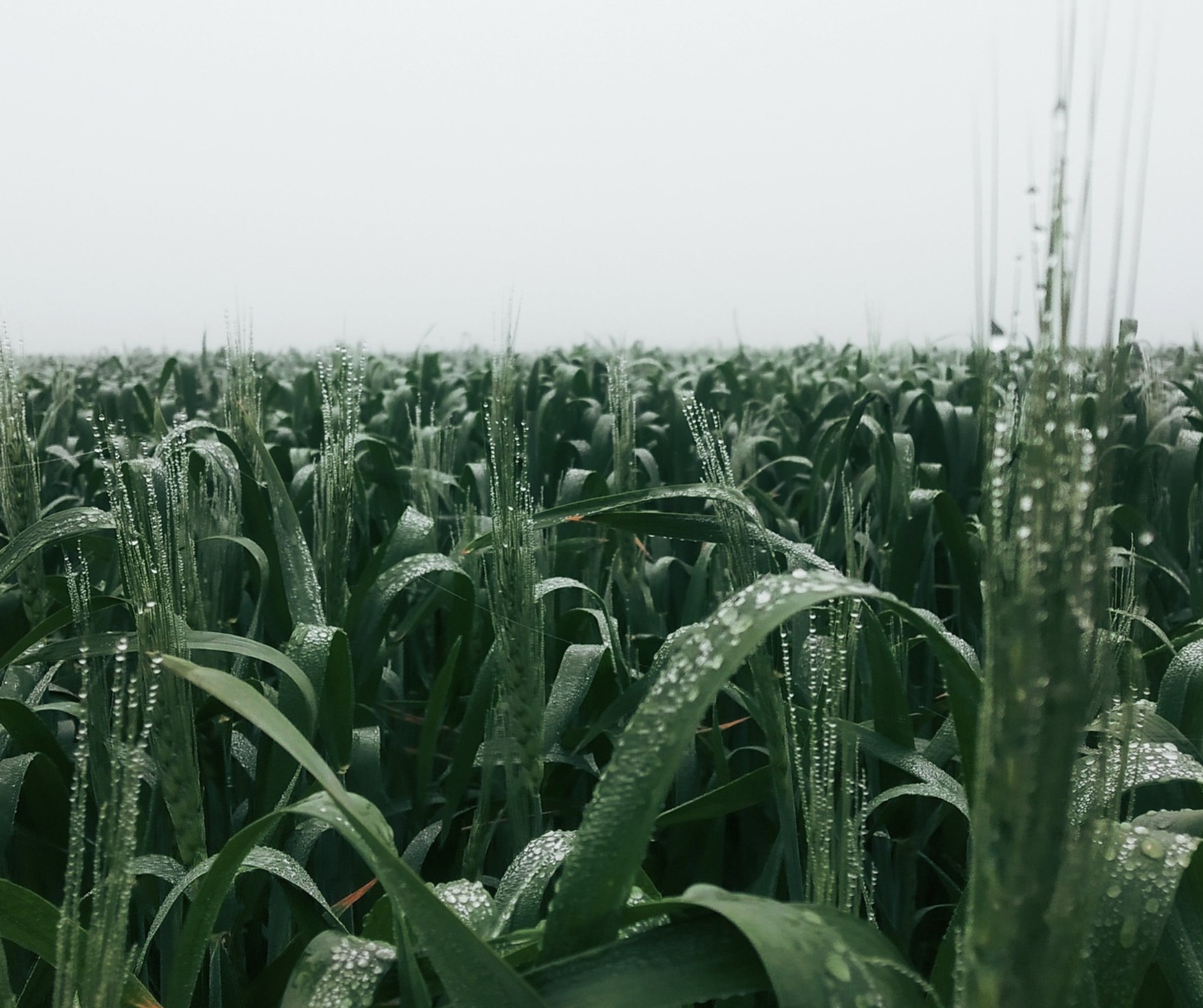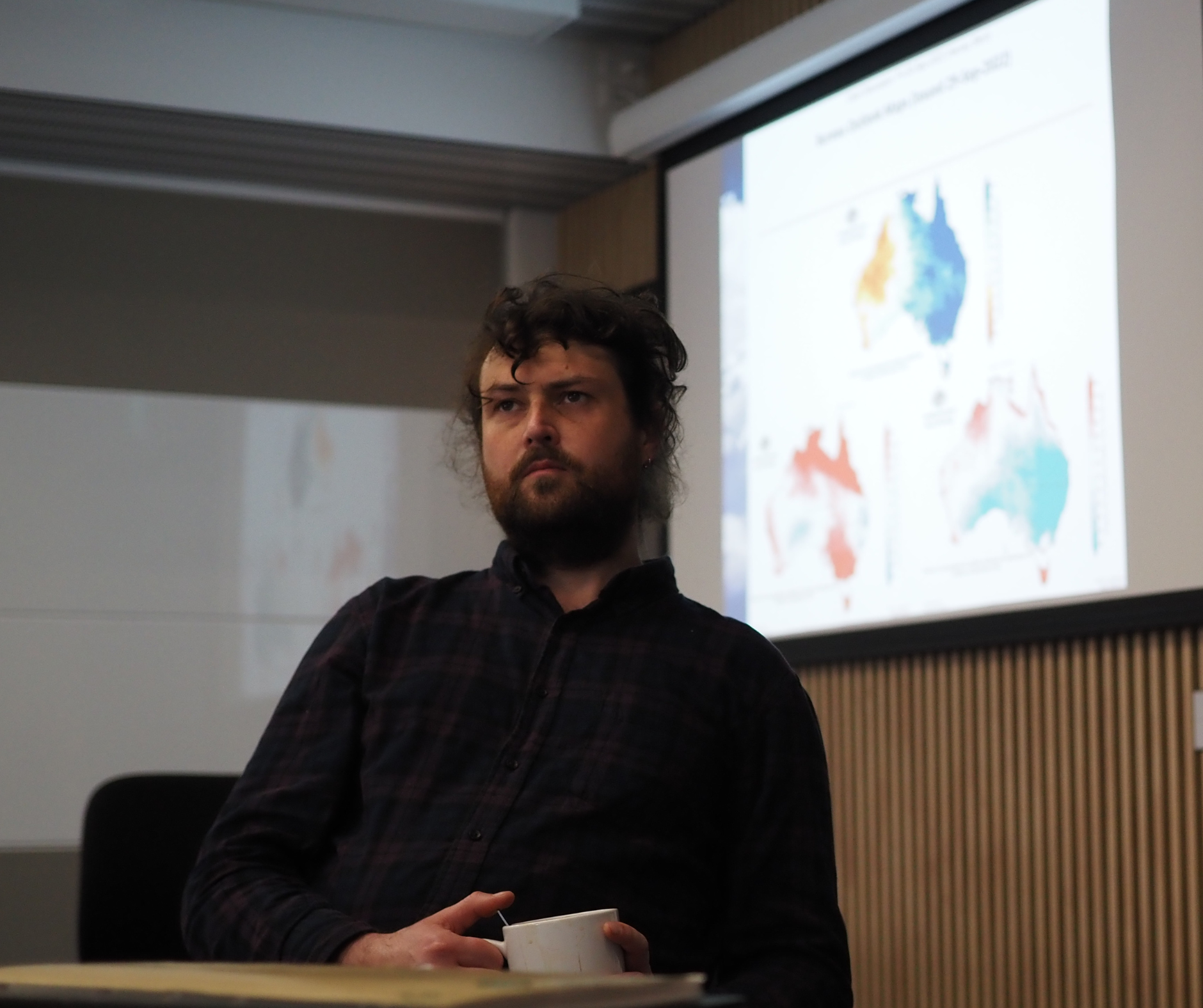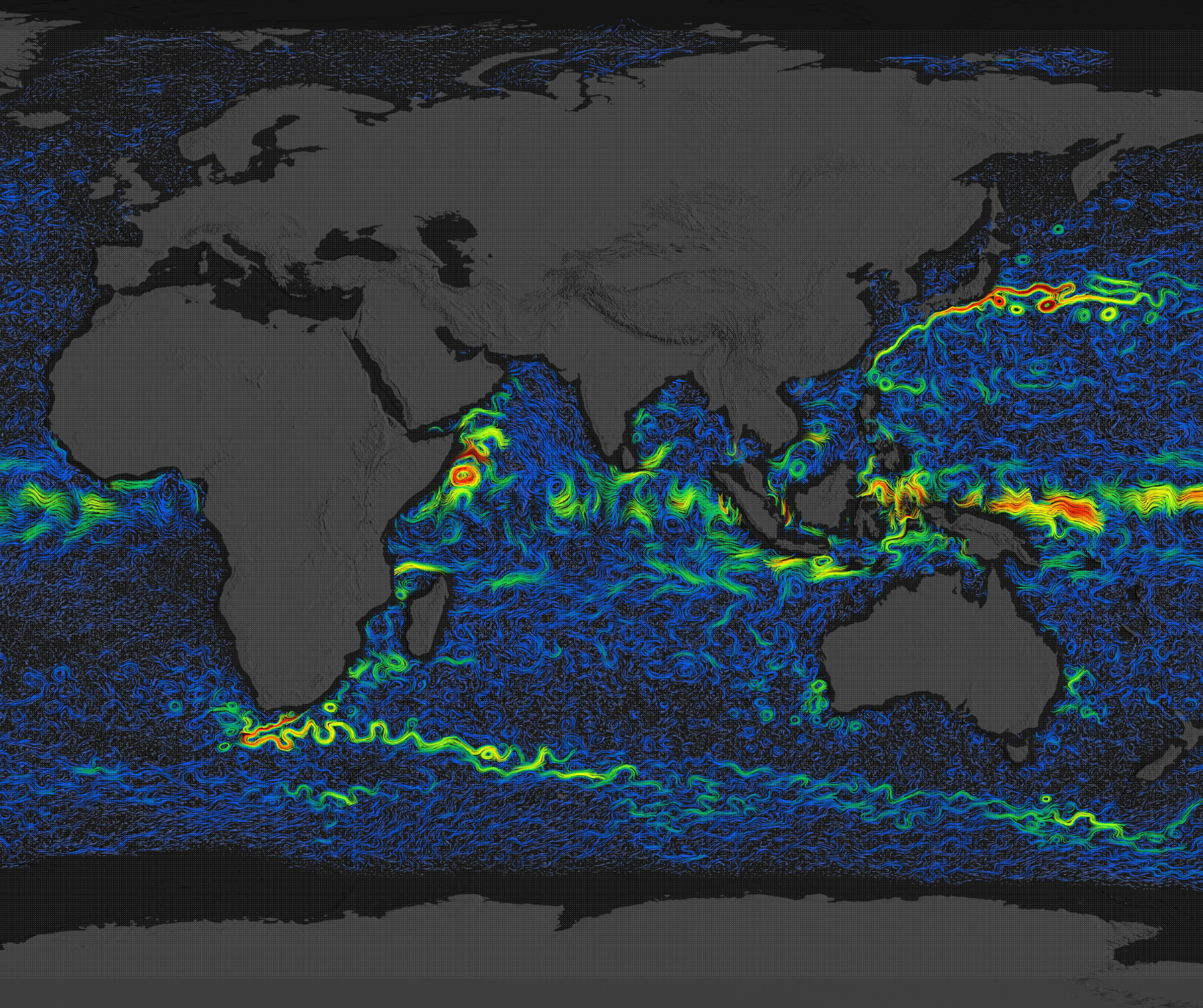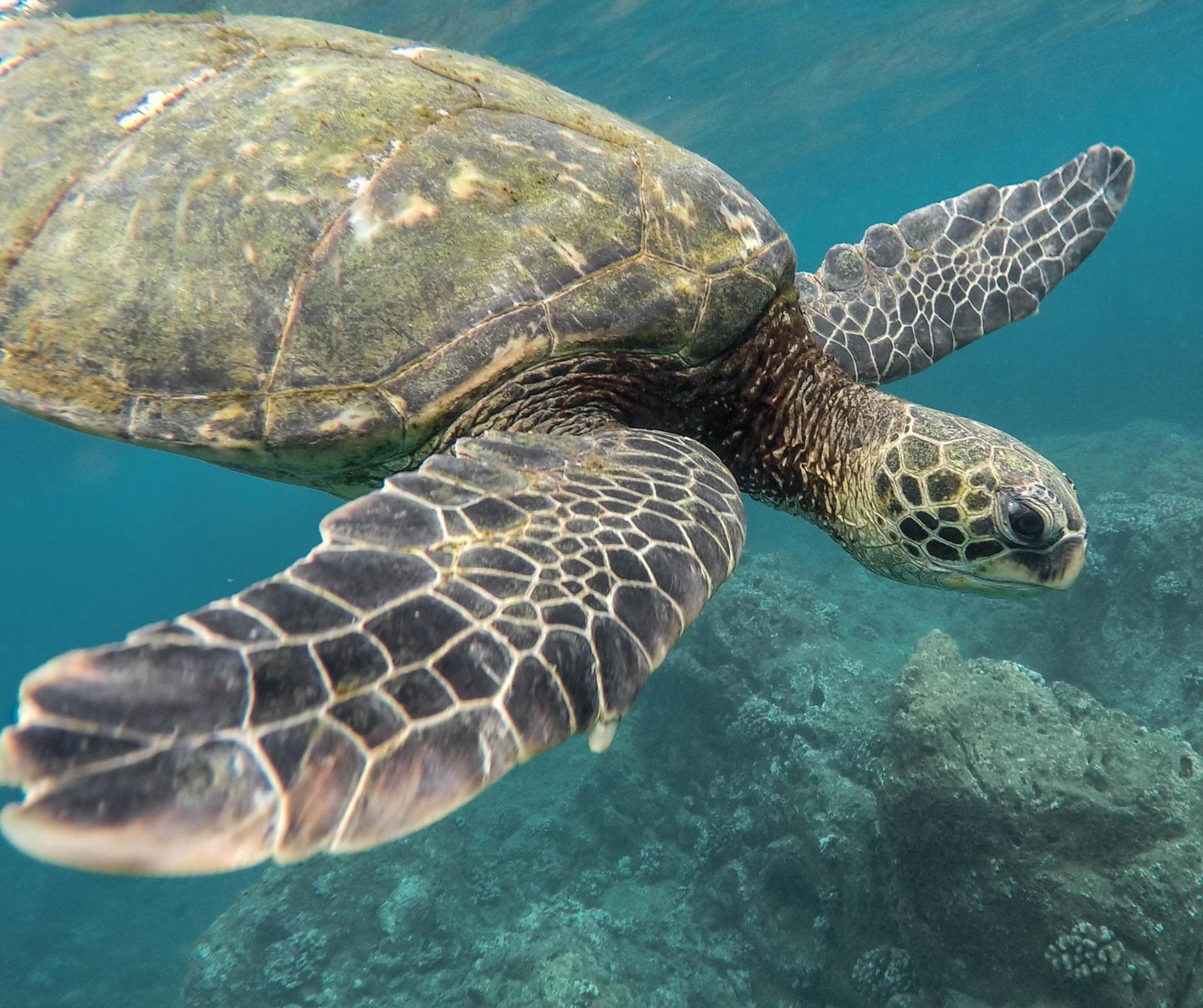The science behind climate extremes is fascinating and diverse.
Our experts love to share their work with the media, websites like The Conversation and here at climateextremes.org.au – here’s some of their latest articles.
Note: sometimes we also share work and articles from researchers and organisations not directly affiliated or funded by our Centre. We love to share interesting work done by others in our field. If you’d like to share or adapt our work, please get in touch – email clex@unsw.edu.au
-
Farm floods will hit food supplies and drive up prices. Farmers need help to adapt as weather extremes worsen

Until we reach net-zero emissions globally, the planet will continue to warm and climate extremes will become more likely and more severe in many regions.
-
‘A cunning plan’: how La Niña unleashes squadrons of storm clouds to wreak havoc in your local area

Extreme weather, such as the heavy rainfall battering eastern Australia, is like military conflict.
-
“Climate change is amplifying extreme events” – climate experts respond to Australian floods

“Unfortunately, with our third La Niña in full swing and wet conditions likely to persist for at least the remainder of spring, flooding is more likely than normal.”
-
On our wettest days, stormclouds can dump 30 trillion litres of water across Australia

As La Niña continues, we can expect more widespread heavy rain events. And since eastern Australia’s soils are saturated in many areas, there’s a renewed chance of flooding.
-
Shifting ocean currents are pushing more and more heat into the Southern Hemisphere’s cooler waters

As these vital currents change, they will change the lives and livelihoods of hundreds of millions of people who live along the coasts of South Africa, Australia and Brazil.
-
Dugongs and turtles are starving to death in Queensland seas – and La Niña’s floods are to blame

Successive lean years caused by back-to-back La Niña events will hit both the survival rate and reproductive ability of these animals.
